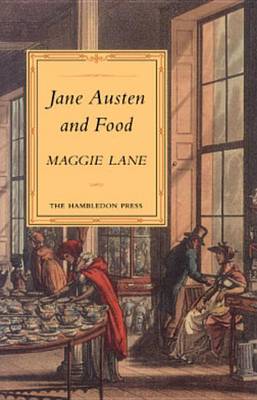What was the significance of the pyramid of fruit which confronted Elizabeth Bennet at Pemberley? Or of the cold beef eaten by Willoughby on his journey of repentance to see Marianne? Why is it so appropriate that the scene of Emma's disgrace should be a picnic, and how do the different styles of housekeeping in "Mansfield Park" engage with the social issues of the day? While Jane Austen does not luxuriate in cataloguing meals in the way of Victorian novelists, food in fact plays a vital part in her novels. Her plots, being domestic, are deeply imbued with the rituals of giving and sharing meals. The attitudes of her characters to eating, to housekeeping and to hospitality are important indicators of their moral worth. In a practice both economical and poetic, Jane Austen sometimes uses specific foodstuffs to symbolize certain qualities at heightened moments in the text. This culminates in the artistic triumph of "Emma", in which repeated references to food not only contribute to the solidity of her imagined world, but provide an extended metaphor for the interdependence of a community.
In this study, the author offers a perspective on the novels and illuminates a period of food history, as England stood on the brink of urbanization, middle-class luxury, and change in the role of women. Ranging over topics from greed to gender to mealtimes and manners, and drawing on the novels, letters and Austen family papers, she also discusses Jane Austen's own ambivalent attitude to the provision and enjoyment of food.
- ISBN10 0826430252
- ISBN13 9780826430250
- Publish Date 1 July 1995
- Publish Status Active
- Publish Country GB
- Publisher Bloomsbury Publishing PLC
- Imprint Hambledon Continuum
- Format eBook
- Pages 224
- Language English
- URL http://bloomsbury.com/
